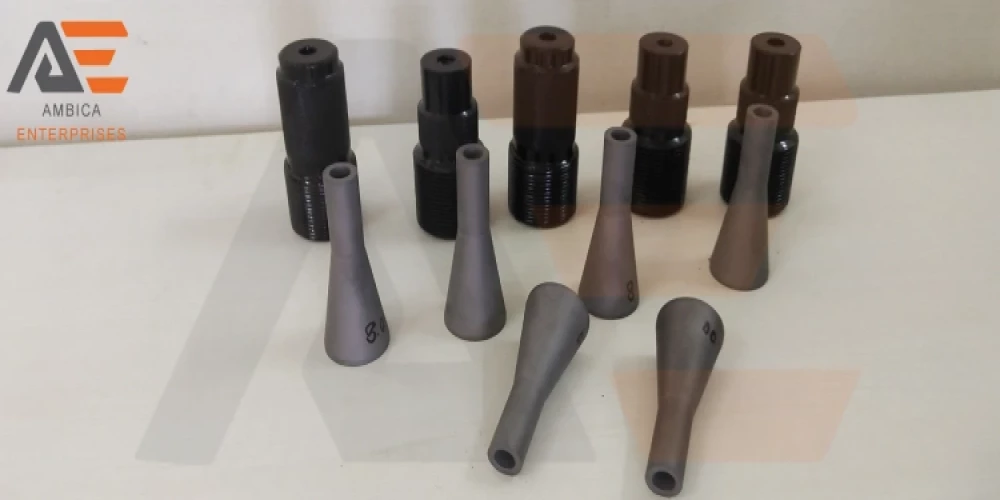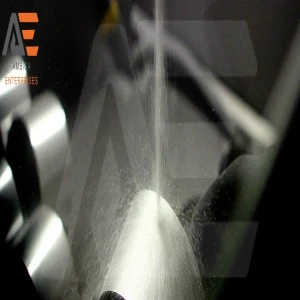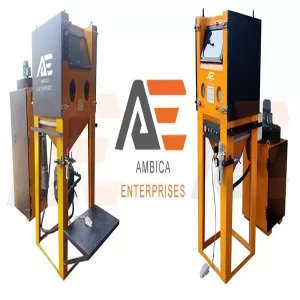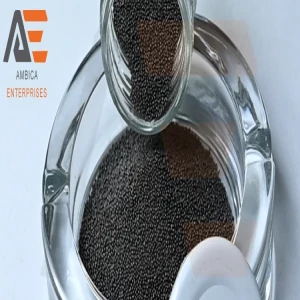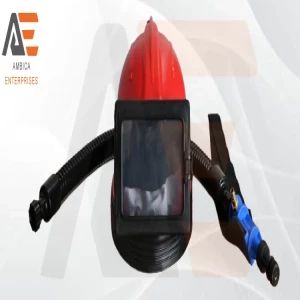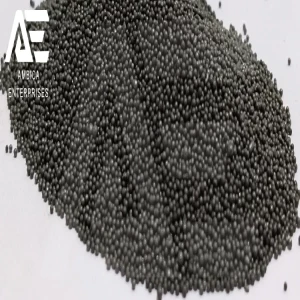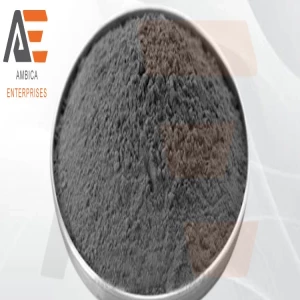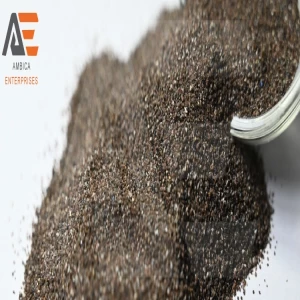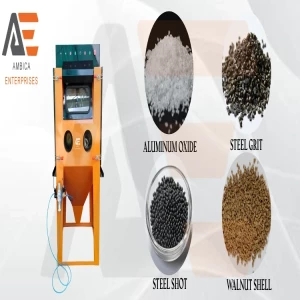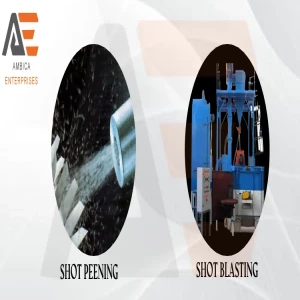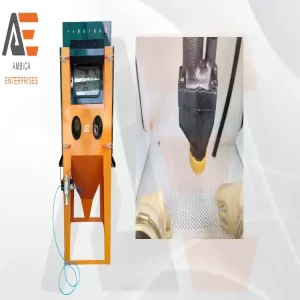An essential component of the right blasting equipment is the selection of the right nozzle, because it has a direct influence on how economical your work is. Our product line has a wide variety of sand blasting nozzles, all of which fulfill certain purposes. In addition to the familiar pressure blast nozzles, we also offer injector nozzles and water blast nozzles (wet blast heads).
Blasting Nozzle material selection depends on the abrasive media which is chosen by you for blasting , how often you blast, the size of the work-piece, and the rigors of the job site. Here are general application guidelines for various materials:
Nozzle size: In addition to the area to be blasted, the choice of nozzle size must also be based on the compressed air available from the compressor. Depending on the available air, the largest nozzle possible should be used, as this also achieves the greatest possible coverage at the same time. This is crucial for economical work in terms of labour costs, blast media costs, compressor costs, and costs for set-up time.
Nozzle length: In addition to the available space, as in the example of angled constructions, the length of the nozzle is determined by the type of surface to be cleaned. A longer nozzle should be selected for surfaces that are hard to clean. The extended nozzle length produces a Venturi effect, allowing the nozzle to achieve more power. The Venturi effect is produced by a narrowing of the nozzle, which increases the speed of the blast media / air mixture. Because of their shorter construction, small nozzles can create this effect only to a limited extent or not at all. For this reason, they are more suitable for cleaning structures that require blasting with greater pinpoint precision.
Material: In order to provide high-quality sandblasting nozzles, our nozzles are generally made of several different materials. We offer nozzles with an aluminium jacket as well as nozzles with a rubber jacket. The question here has to do with where the nozzle is used. The nozzle with an aluminium jacket is the tougher version. But the more impact-resistant nozzle, as in cases of frequent falls or bumping during construction, for example, is the nozzle with a rubber jacket.
Aluminum oxide "alumina" nozzles offer good service life at a lower price than other materials discussed here. They are a good choice in low usage applications where price is a primary factor and nozzle life is less important.
Tungsten carbide nozzles offer long life and economy when rough handling can't be avoided and mineral and coal slag abrasives are used. All tungsten carbide nozzles are not equal. Note that all Boride tungsten carbide nozzles feature top wear grade material and thick-wall construction. This material is very tough and abrasion-resistant, and as such is the most resistant to impact. Therefore it is especially suitable for use on construction sites where the nozzle is also subject to frequent impacts, for example.
Silicon carbide composite nozzles offer service life and durability very near tungsten carbide, but these nozzles are only about one-third the weight of tungsten carbide nozzles. Silicon carbide composite nozzles are an excellent choice when operators are on the job for long periods and prefer a lightweight nozzle. Silicon carbide provides a good mixture of impact and abrasion resistance. This material is more abrasion-resistant than tungsten carbide, but on the other hand is more sensitive to impacts. Therefore, nozzles with silicon carbide liners are good all-round nozzles for everyday use in different places and with different blast media.
Boron carbide nozzles provide longest life with optimum air and abrasive use. Boron carbide is ideal for aggressive abrasives such as aluminum oxide and selected mineral aggregates when rough handling can be avoided. Boron carbide will typically outwear tungsten carbide by five to ten times and silicon carbide by two to three times when aggressive abrasives are used. This material is extremely abrasion-resistant and thus is especially durable. Therefore it is particularly suitable for extremely sharp-edged and/or aggressive blast media like corundum and garnet, as well as for multiple-shift operations and daily use. But it is somewhat more sensitive to impacts and thus suitable for stationary applications.

